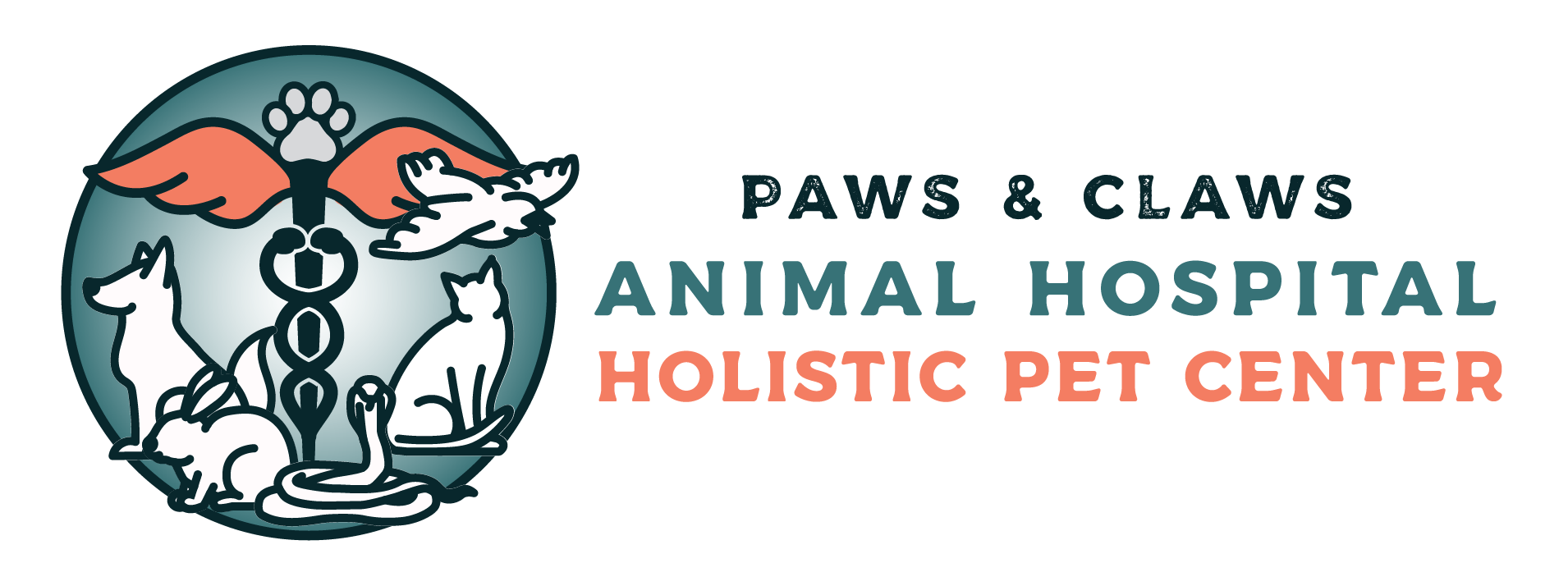Technology is pushing the bounds of veterinary medicine to new limits. Learn about four of the newest advancement that can benefit your companion animal.
Next time you take your dog or cat to the vet, you might be surprised at some of the medical options he or she can offer you. Just like human medicine, veterinary medicine is always advancing, and new technologies and therapies are becoming available all the time. In this article, I’ll highlight four new advances that can benefit your companion.
Stem Cell Therapy
Stem cell therapy is a hot topic. But most of the news has centered on human embryonic stem cell therapy, rather than adult stem cell therapy, so the overall slant has been negative. While there have been no reports of the safe use of therapies involving embryonic stem cells, there are hundreds of proven applications for adult stem cells.
Recently, this unique holistic therapy has become available to dogs and cats with arthritis. Briefly, a small amount of an animal’s abdominal fat is removed for purification and stem cell isolation by an outside laboratory. These stem cells are then sent back to the veterinarian, who injects them into the animal. The results are very encouraging.
The only downside is the cost (several thousand dollars) and the fact that surgery is needed to initially obtain the stem cells. Because adult stem cell therapy is safe and effective, however, it offers a better alternative to NSAIDs in treating arthritic animals.
Fiber Optics
One of the most exciting developments in the last few years is fiber optic technology. Briefly, fiber-optics involves the use of small plastic fibers that carry light along their entire length.
In veterinary medicine, bundles of these fibers are put together in an endoscope. These scopes, which resemble black cables or hoses, are useful for many procedures. For example, to aid in the diagnosis of vomiting or diarrhea, the veterinarian can pass an endoscope into a sedated or anesthetized animal and look at or take biopsies of the gastrointestinal tract.
Smaller versions of these scopes can be used for diagnosing bladder disorders, urethral problems, and for looking at the internal female reproductive tract. Endoscopes are also useful in emergency situations when an animal has swallowed a foreign object. For the coughing companion, a small version of an endoscope called a bronchoscope can be placed into the animal’s airway for visualization and biopsy.
Formerly, these procedures could only be done through surgery. Endoscopic examination, diagnosis, and treatment are much less expensive. There are also fewer complications than an animal would potentially experience through surgery (e.g., infections, bleeding, disruption of the surgical wound). Thanks to fiber optic technology, it has become routine to diagnose and treat allergic bronchitis and inflammatory bowel disease in dogs and cats.
Anesthesia and Anesthetic Monitoring
Whenever restraint is needed for a minor procedure in veterinary medicine, or when a surgical procedure is necessary, anesthetics will be employed. Newer anesthetics such as isoflurane and sevoflurane anesthetize your animal more safely than the older ones. These new gases quickly induce anesthesia, have minimal negative effects on your animal’s internal systems, such as the cardiovascular, and allow the animal to recover quickly when the procedure is terminated.
While your companion is under anesthesia, it’s important that he be carefully monitored.
While nothing takes the One is a machine called a pulse oximeter. This machine measures the saturation of your animal’s hemoglobin with oxygen, providing an indication of how well his tissues are receiving oxygen during surgery.
This technology allows the doctor to make adjustments to the animal’s anesthetic levels to ensure he receives adequate levels of oxygen during a surgical procedure. Most pulse oximetry machines also measure other vital signs such as EKG, heart rate, respiratory rate, body temperature, and/or blood pressure. This technology has been available for several years, so machines are affordable for most practices. I suggest making sure your dog or cat is monitored with one of these machines (as well as at least one live person) during any surgery.
Laser Surgery
Once confined to human medicine, laser surgery has also become more widely available in veterinary medicine over the last few years. Laser units allow the veterinarian to do surgery without a conventional scalpel blade. It cuts down the time required to do the surgery, decreases bleeding, and may reduce pain.
However, even though these units have come down in price, they are still expensive and may not be worth the cost for every practice. Because of this expense, it will usually cost more for you when the unit is used during surgery. From what I’ve seen, the use of these units can add an extra $50 to $100 or more to the cost of surgery.
I am not opposed to the use of laser surgery but have personally not found it practical to add it to my own practice. I can easily control bleeding with my less expensive electric surgical unit. Additionally, through the judicious use of both conventional and natural analgesic (pain-killing) medications, I have not had a problem with post-operative pain. Even when laser surgery units are used, medications must be given to prevent and control pain after the procedure.
If laser surgery is something you’re interested in for your own animal, there is likely at least one veterinarian in your area who uses a laser unit for operations.
This is just a partial list of major veterinary advances. Many additional new therapies and technologies are becoming available all the time, continually improving the health and longevity of our dogs and cats.
